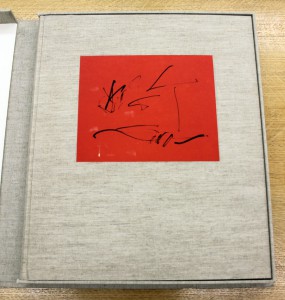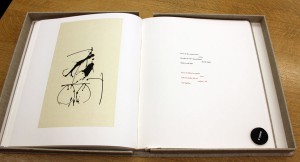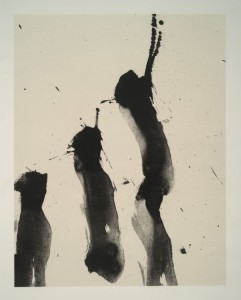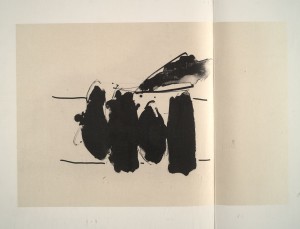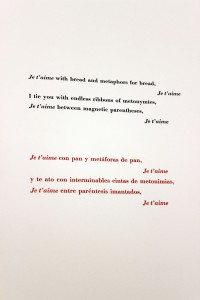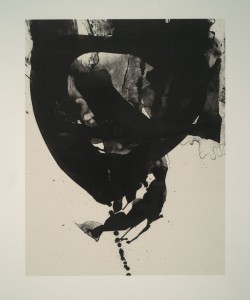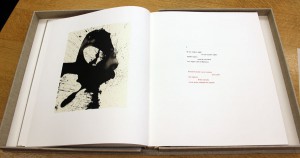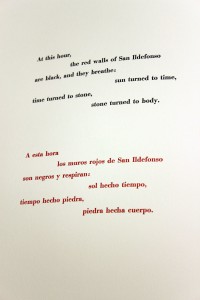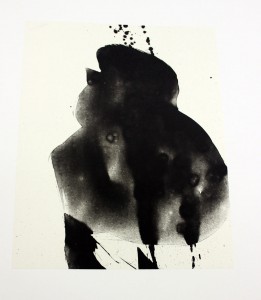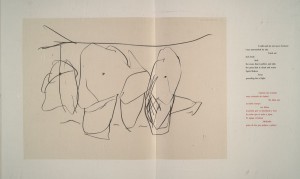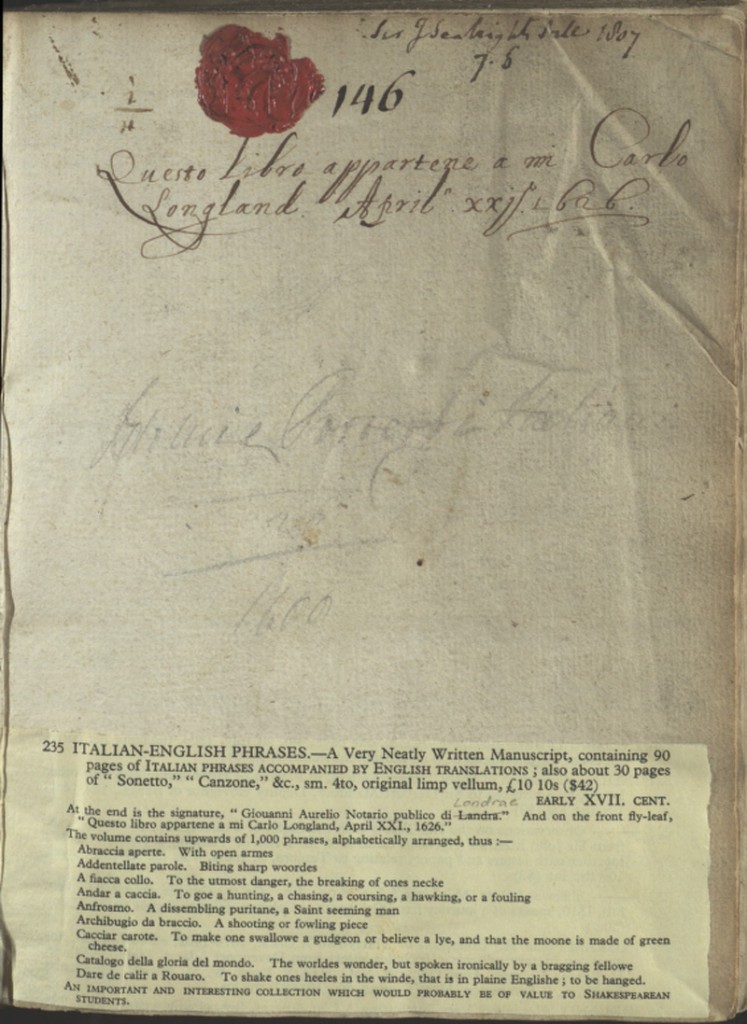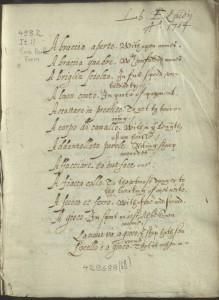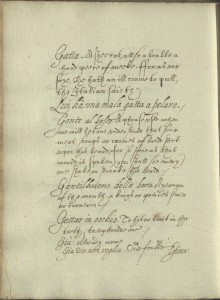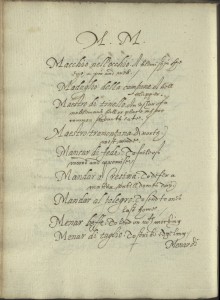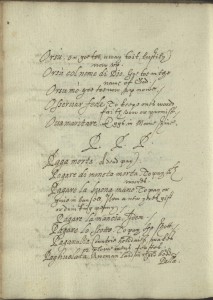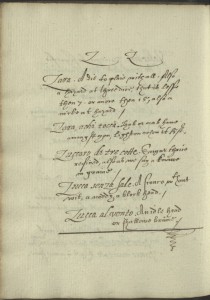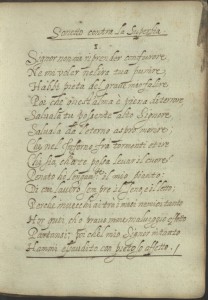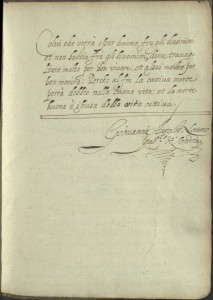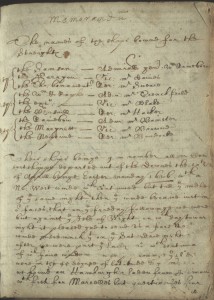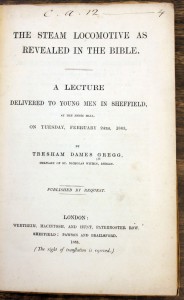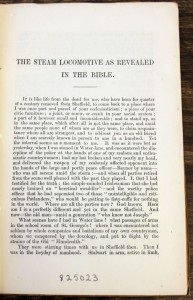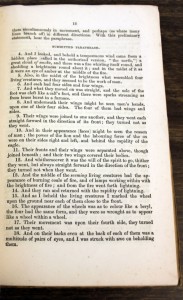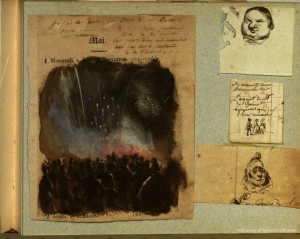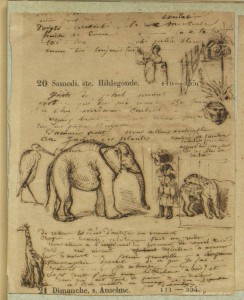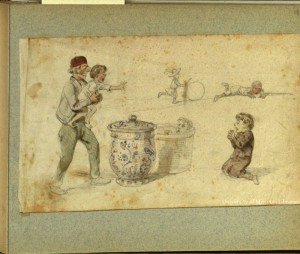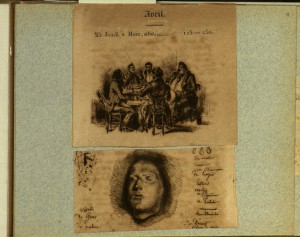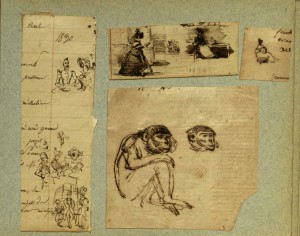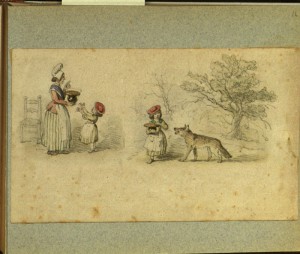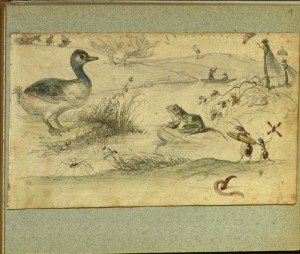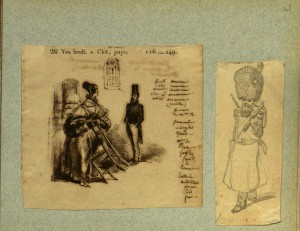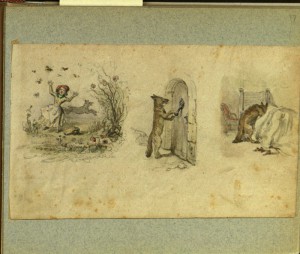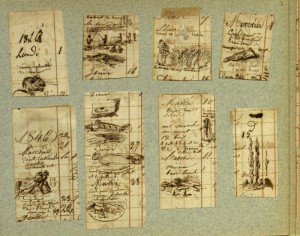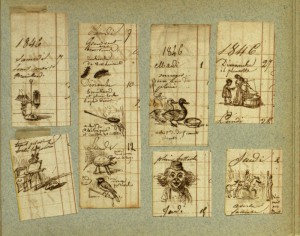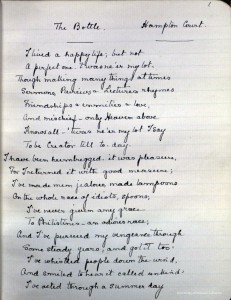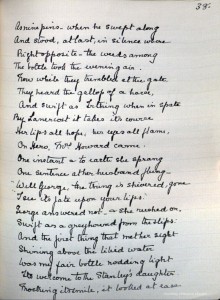In honor of Women's History month, this post takes a look at five women printers and booksellers from the seventeenth century in Special Collections. Women during this period sometimes inherited printing offices or booksellers' shops from their fathers or husbands. Once in charge of their establishments, they were able to operate as independent businesswomen, responsible for operations, finances, and the supervision of pressmen and compositors.
The book below was printed by a woman printer for a woman bookseller! Mary Clark was the widow of Andrew Clark, a printer. She maintained a printing business in Aldersgate, London, from 1677 to 1696. Ann Mearn (also spelled Mearne) was part of an influential family of booksellers and bookbinders. Her husband, Samuel Mearne, was a former warden and master of the Stationers' Company, stationer to Charles II. Her sons and husband were part of the group book historians refer to as the "Queen's Binder," known for the high quality and intricacy of their gold tooled designs.


Hannah Allen was born into a family of booksellers and bookbinders, and she married Benjamin Allen, a bookseller, when she was probably in her early teens. After the death of her husband in 1646, Hannah Allen inherited his business. Her name appears on imprints as the proprietor for about five years. She published works by radical puritan authors and worked with a wide variety of stationers, a fact that suggests her press was successful and financially independent. After freeing her apprentice, Livewell Chapman, in 1650, she married him, and her name disappears from the press's imprints. Legally, the business became his upon their marriage, although it's likely she was still involved.

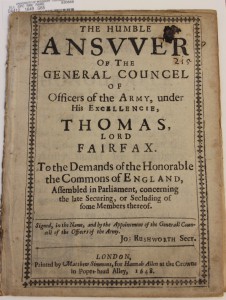
Sarah Griffin had a longer career than Hannah Allen, and rather than being a radical printer, she was at the head of an established printing house founded in 1590. Her mother-in-law, Anne Griffin, was in charge of the business from 1634 to 1643, and she gradually transferred the business to her son Edward (Sarah's husband), beginning in 1638. Sarah in turn inherited the business when Edward died in 1652, and began printing jointly with her son, Bennett, in 1671. She is recorded as a printer in the Stationers' Company records until 1673.

Anne Seile (also spelled Anna and Ann) inherited the bookselling business of Henry Seile when he died in 1661. She published books under her own name until 1667. This edition of Heylin's Cosmography, with its large size and engraved maps, would have been expensive to produce. Anne Seile must have been one of the primary financial backers of this publishing venture, since her name is the only one listed on the engraved title page.
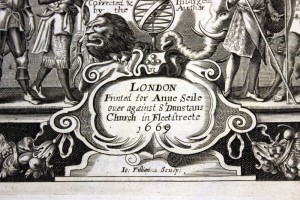
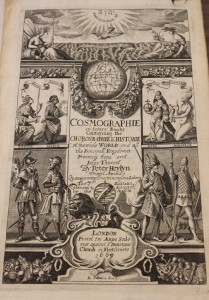
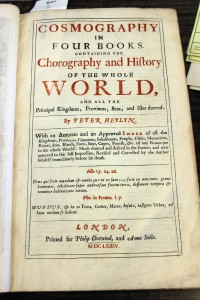


There are works by many other women authors, booksellers, printers, and artists in Special Collections. Come by and take a look!






